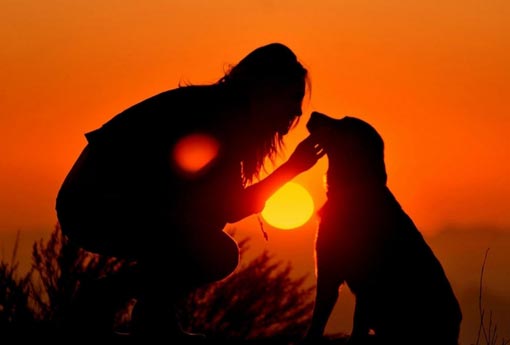Basic Information
Chinese name: animal love
aka: bestiality
Foreign name: paraphilia
Ancient documents: "Sequel to Jianhu", "Wenhai Pisha"
Definition: Humans develop an intimate love affair with non-human animals
Source: Greek for Zoon and Philia
bestiality research
Experts and zoophiles have established many definitions and names that are not too narrow, such as psychozoopathy, which refers to getting sexual stimulation from watching animals mating, watching bestiality, or watching images of bestiality. The zoophile community has also coined a new term called "zoosexuality," which is a sexual orientation that targets animals. If a person gets pleasure from playing with animals, hugging, kissing, it is called "animal love".
Some people feel sexual pleasure or even orgasm because of frogs, flies, ants, and snails crawling or nibbling on their own sexual organs. This is called "ant love". The use of snakes and dogs as sources of sexual pleasure also have their own names, Ophidicism and Cynophilia. Male animals that are trained to have sex with women are called Androzoons, and animals that have sex with men are called Gynezoons. Animals that perform oral sex are called Zoolinctions. Some small animals, such as guinea pigs, voles, and fish, may also be put into the anus or vagina to create pleasure through their peristalsis, which is called Felching. Some people get pleasure from the cruelty or mutilation of animals, which is called "zoosomia"; those who have sex with dead animals are called "zoopathies." Masquerading as zoophilia refers to people who play the role of animals to play sexual fantasies.
morality
Zoophilia is generally considered unnatural, while bestiality is condemned as an act of cruelty to animals. But some, like philosopher and animal rights author Peter Singer, argue that this is not the case, a view endorsed by Ingrid Newkirk, president of the Humane Society for the Treatment of Animals. Sexual activity or desire with animals is no longer listed as a condition in the fourth edition of the Diagnostic and Statistical Manual of Mental Disorders, unless the behavior is accompanied by distress or interferes with normal functioning.
Zoophile advocates claim that the human/animal relationship in zoology is more than just sexual venting, and that animals can form a relationship that lasts for years, which they do not consider to be functionally related to any other sex/love relationship. difference.
people and animals
Humans have thought, dreamed, and practiced the use of animals for their sexual purposes throughout history, and these deeds are evident in mythology, folklore, literature, painting, and sculpture. Many ancient religious temples and paintings on pottery walls contain images and inscriptions of human and animal sexual intercourse. Obviously, ancient humans often practiced bestiality. Evidence suggests that bestiality began at least 40,000 to 25,000 years ago.
For example, an inscribed bone staff belonging to the Late Ice Age was found in France, showing a lioness licking a large penis or pussy; a seventh-century Iron Age cave painting depicts a man placing his penis in a The vagina or anus of a donkey; ancient rock art found in Siberia also shows a man having sex with an elk. In another cave in France, images of men having sex with cows have been found, and in Libya in the 5th millennium B.C., a rock depicting an animal like a fox or a dog is having sex with a woman. Other Bronze Age rock paintings depicting bestiality have also been found in southwest Sweden, where a man is placing his penis under the tail of a quadruped. Even if these ancient people did not actually have sex with animals, they clearly loved them, and unabashedly expressed these desires in paintings and inscriptions, and images of bestiality often emphasized the power of the human penis.








